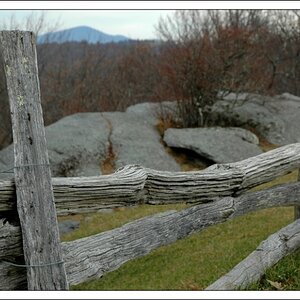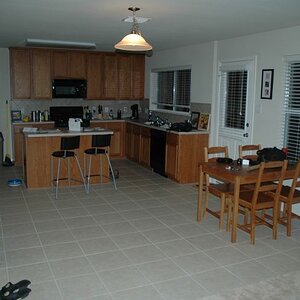naptime
TPF Noob!
- Joined
- Dec 2, 2011
- Messages
- 785
- Reaction score
- 319
- Location
- Toledo, Ohio
- Website
- www.toledotees.com
- Can others edit my Photos
- Photos OK to edit
so, the offspring and i have not been able to find ANY fireworks anywhere for this evening. and we've been pumped about this for a few weeks.
so, we're going to head downtown this afternoon. supposed to be partly sunny between 2 and 5.
we're going to shoot in black and white. and hit downtown, the bridges, maybe the train station, the warehouse district, she wants to get some old buildings. the museum has a current traveling display called small worlds... think dollhouses and miniature displays. so we may go hit that as well. might be kind of cool.
when we went to the zoo our first day with cameras, we shot in full auto.
when we went downtown that evening we shot the riverfront in shutter priority, and in bulb. dont know what the camera did with other settings.
today we are shooting in black and white. i dont want to shoot in auto.
there will be overcast skies. and there is no snow at the moment. in the air or on the ground.
would we be better to shoot in aperture priority, shutter priority, or program ae mode. i don't want to do full auto, and i think full manual is a big step out of the gate.
oh, and for those not aware, we are shooting film. not digital. so we dont have the liberty of just shooting over and over and seeing how it looks.
so, we're going to head downtown this afternoon. supposed to be partly sunny between 2 and 5.
we're going to shoot in black and white. and hit downtown, the bridges, maybe the train station, the warehouse district, she wants to get some old buildings. the museum has a current traveling display called small worlds... think dollhouses and miniature displays. so we may go hit that as well. might be kind of cool.
when we went to the zoo our first day with cameras, we shot in full auto.
when we went downtown that evening we shot the riverfront in shutter priority, and in bulb. dont know what the camera did with other settings.
today we are shooting in black and white. i dont want to shoot in auto.
there will be overcast skies. and there is no snow at the moment. in the air or on the ground.
would we be better to shoot in aperture priority, shutter priority, or program ae mode. i don't want to do full auto, and i think full manual is a big step out of the gate.
oh, and for those not aware, we are shooting film. not digital. so we dont have the liberty of just shooting over and over and seeing how it looks.



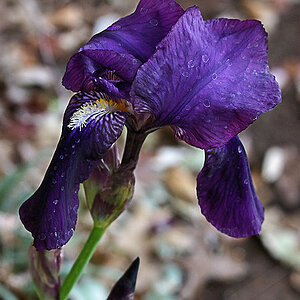
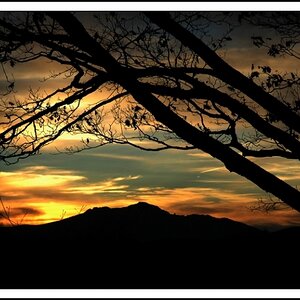
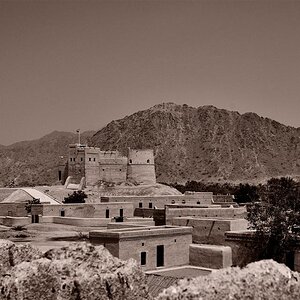
![[No title]](/data/xfmg/thumbnail/30/30858-42113a4c092a5983afa30e5c35cce4d0.jpg?1619734478)
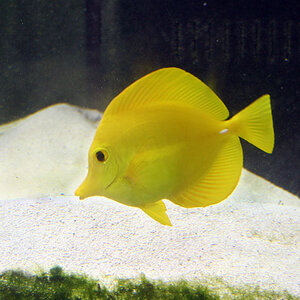
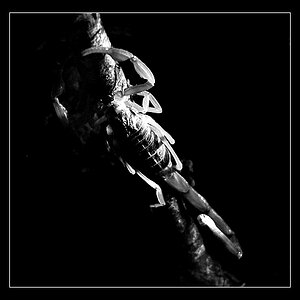
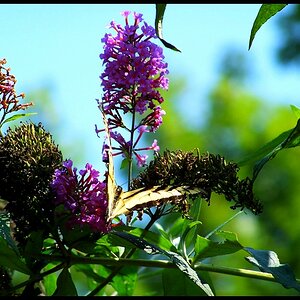
![[No title]](/data/xfmg/thumbnail/39/39469-3f2d242112dec8dc3e7b2836cc85afec.jpg?1619739042)
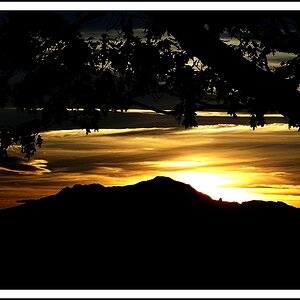
![[No title]](/data/xfmg/thumbnail/35/35265-c9ea3efd2c618a57ea136e63ad106880.jpg?1619736970)
